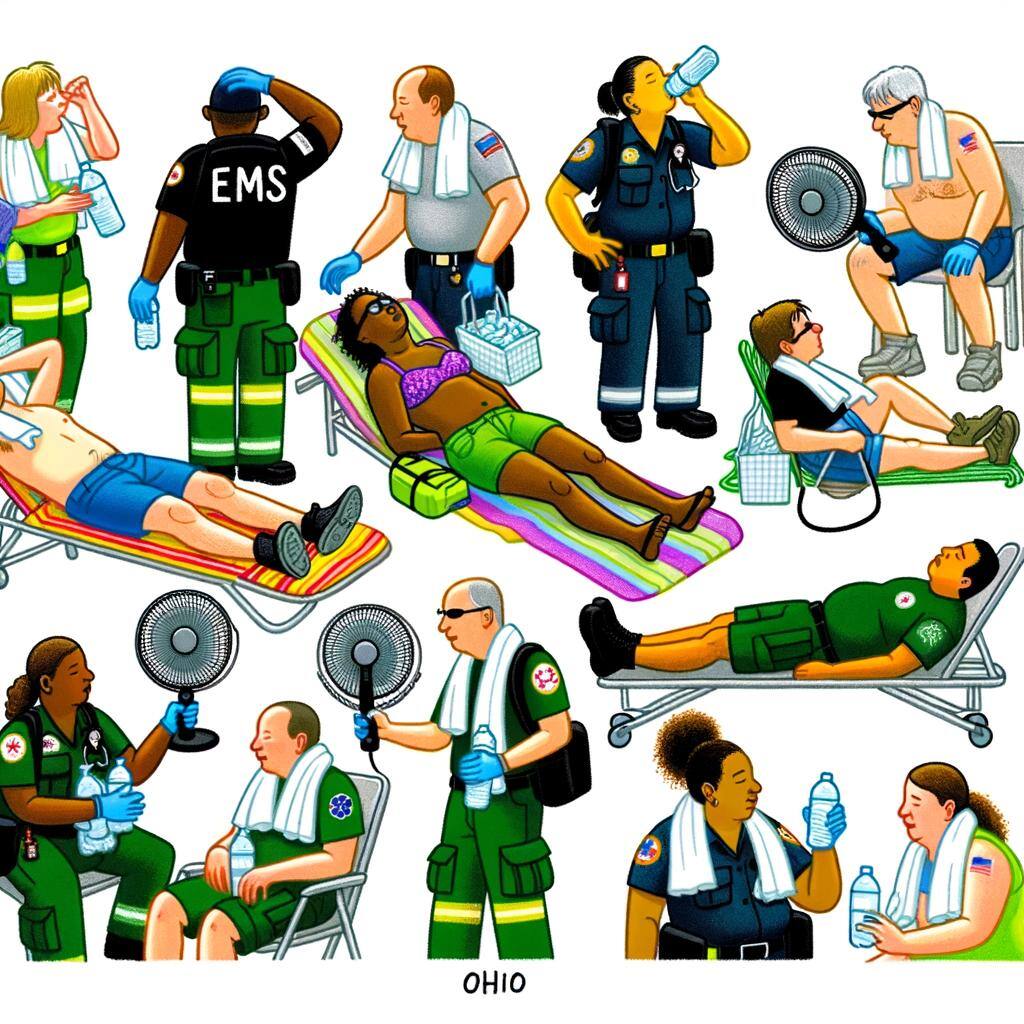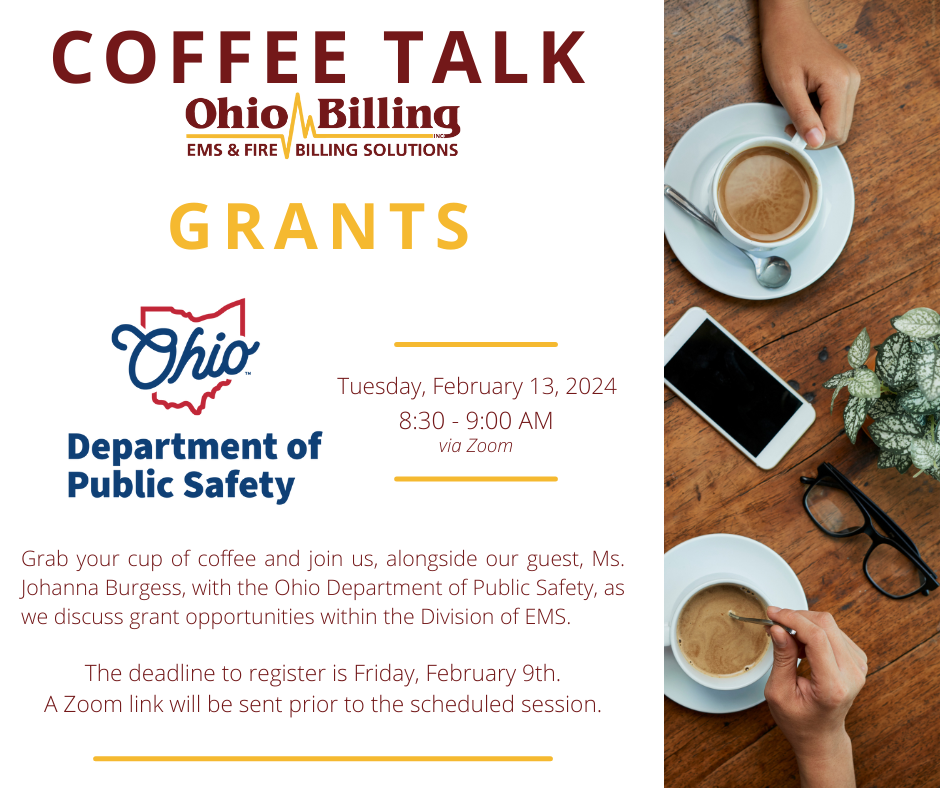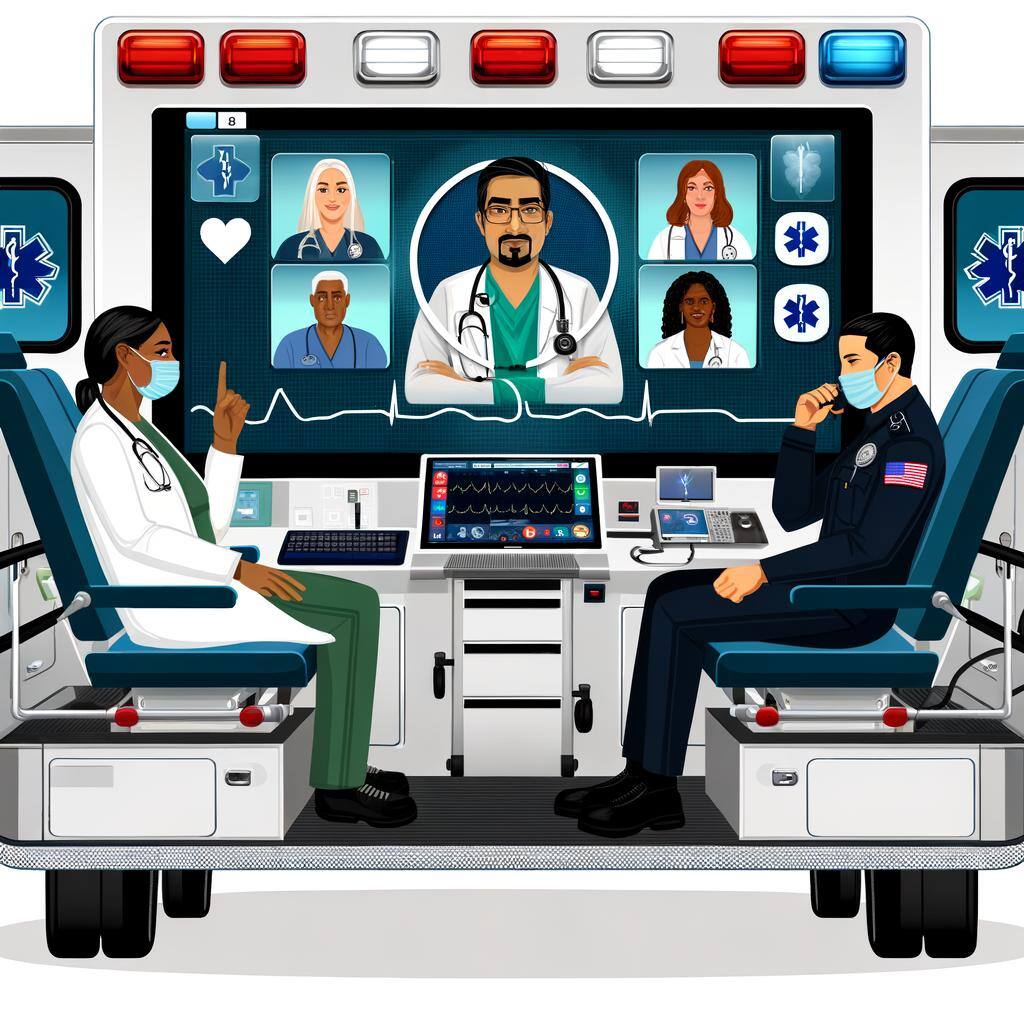Discover essential safety tips for Ohio EMS personnel to beat the heat and stay safe during extreme temperatures.
Understanding the Risks of Heat Exposure
When temperatures soar above 100 degrees in Ohio, it is crucial for to understand the risks of heat exposure. High temperatures combined with the demands of emergency medical services can put individuals at a higher risk of heat-related illnesses.
Heat exposure can lead to heat exhaustion or even heat stroke, which can be life-threatening. It is important to be aware of the signs and symptoms of these conditions and take appropriate measures to prevent them.
Recognizing Signs of Heat Exhaustion and Heat Stroke
Heat exhaustion is a heat-related illness that can occur when the body is unable to cool itself properly. Symptoms of heat exhaustion include heavy sweating, dizziness, nausea, headache, and muscle cramps. If left untreated, heat exhaustion can progress to heat stroke.
Heat stroke is a more severe condition that requires immediate medical attention. It occurs when the body's temperature regulation system fails, and the core body temperature rises to dangerous levels. Symptoms of heat stroke include a high body temperature, confusion, loss of consciousness, and hot, dry skin.
EMS personnel should be trained to recognize the signs of heat exhaustion and heat stroke in themselves and their colleagues. Prompt action should be taken if any of these symptoms are observed, including moving to a cooler area, drinking fluids, and seeking medical assistance if necessary.
Preventing Heat-Related Dangers for Emergency Personnel
To prevent heat-related dangers, Ohio EMS personnel should follow certain precautions. These include:
- Wearing lightweight, breathable, and moisture-wicking clothing that allows for proper air circulation and sweat evaporation.
- Taking frequent breaks in shaded or air-conditioned areas to cool down and rest.
- Using cooling devices such as cooling towels or misting fans to lower body temperature.
- Avoid caffeine and alcohol, as these can contribute to dehydration.
- Monitor for signs of heat-related illness and provide support and assistance when needed.
By taking these preventive measures, EMS personnel can reduce the risk of heat-related illnesses and ensure their own safety while on duty.
Ensuring Safety in Hot Environments
Working in hot environments can pose additional risks for Ohio EMS personnel. It is important to take steps to ensure safety in these conditions. Some key strategies include:
- Planning emergency responses to minimize time spent in hot environments.
- Using appropriate personal protective equipment (PPE) that provides adequate protection without compromising airflow.
- Implementing work-rest cycles to allow for regular breaks and recovery.
- Training EMS personnel on heat stress management and providing education on recognizing and responding to heat-related emergencies.
- Monitoring weather conditions and adjusting work schedules or locations accordingly.
By implementing these safety measures, EMS personnel can perform their duties effectively while minimizing the risks associated with working in hot environments.
Proper Hydration Techniques
Proper hydration is crucial for staying cool and safe in high temperatures. Here are some important hydration techniques to follow:
- Drink water regularly throughout the day, even if you don't feel thirsty. Thirst is not always an accurate indicator of hydration status.
- Avoid sugary drinks and opt for water or electrolyte-rich beverages to replenish lost fluids and minerals.
- Consider using hydration packs or water bottles with built-in filters to ensure access to clean drinking water during emergencies.
- Encourage each other to stay hydrated and remind colleagues to drink water regularly.
By maintaining proper hydration, EMS personnel can prevent dehydration and reduce the risk of heat-related illnesses.




